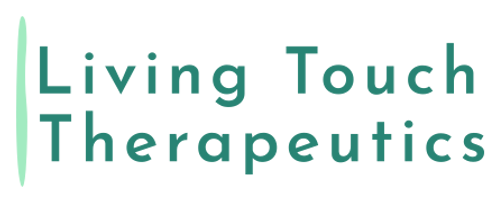Superman Exercise
- Benjamin Mishleau
- Feb 3
- 2 min read
Updated: Feb 9
The Superman exercise emerged from the fields of physical therapy and fitness as a simple and effective way to strengthen the posterior chain, particularly the lower back, glutes, and shoulders. Its name reflects the iconic flying pose of the superhero Superman, as the movement mimics the extended position of flying through the air. Initially popularized as part of rehabilitation programs, the exercise was designed to improve spinal stability, posture, and core strength, especially for individuals recovering from back pain or injury. Over time, it gained recognition in general fitness routines for its ability to enhance muscular endurance and support overall spinal health.
Purpose: The Superman exercise strengthens the lower back, glutes, shoulders, and hamstrings while promoting proper posture and spinal stability.
Target Areas: Lower back, glutes, hamstrings, shoulders, and upper back.
Instructions:
Lie face down on a mat or flat surface. Extend your arms straight out in front of you, palms facing down. Keep your legs fully extended and your toes pointed.
Engage your core and squeeze your glutes as you lift your arms, chest, and legs off the ground simultaneously. Focus on keeping your neck in a neutral position by looking slightly down at the floor. Aim to lift as high as you comfortably can without straining, creating a slight arch in your back.
Hold the lifted position for 2–3 seconds, maintaining tension in your back and glutes. Slowly lower your arms, chest, and legs back to the starting position with control.
Perform 10–12 repetitions for 2–3 sets.
Tips:
Avoid jerky movements; lift and lower your body in a slow, controlled manner.
Keep your shoulders relaxed and avoid shrugging.
Focus on squeezing your glutes and engaging your lower back rather than forcing height.
If needed, you can modify by lifting only your arms or legs instead of both together.
Who Should do the Exercise:
Individuals Looking to Strengthen Their Lower Back – Engages the erector spinae muscles, improving spinal support and posture.
People with Poor Posture or Sedentary Lifestyles – Helps counteract the effects of prolonged sitting by strengthening the posterior chain.
Athletes & Fitness Enthusiasts – Beneficial for enhancing core stability, back endurance, and overall body control.
Beginners Seeking a Low-Impact Core & Back Exercise – A great bodyweight movement that can be easily modified for different fitness levels.
Those Rehabilitating from Minor Back Weakness (With Approval) – Can help gently rebuild back strength if performed correctly and pain-free.
Who Shouldn’t do the Exercise:
Individuals with Lower Back Pain or Spinal Injuries – The hyperextension involved may worsen conditions such as herniated discs, sciatica, or lumbar strain.
Those with Shoulder or Neck Issues – Lifting the arms may cause discomfort in those with impingement, rotator cuff injuries, or neck tension.
People with Severe Osteoporosis – The extension movement may increase the risk of spinal compression fractures.
Pregnant Individuals – Lying face down and straining the lower back is not recommended, especially in later stages.
Anyone Who Experiences Pain During the Exercise – If discomfort occurs, modifications such as partial lifts or prone back extensions with support should be considered.







Comments